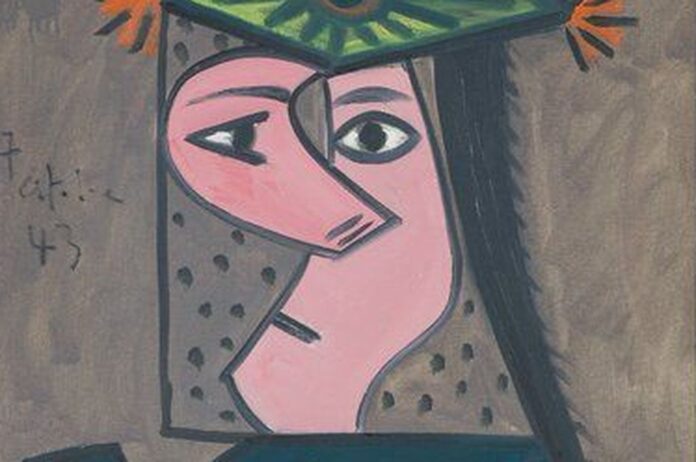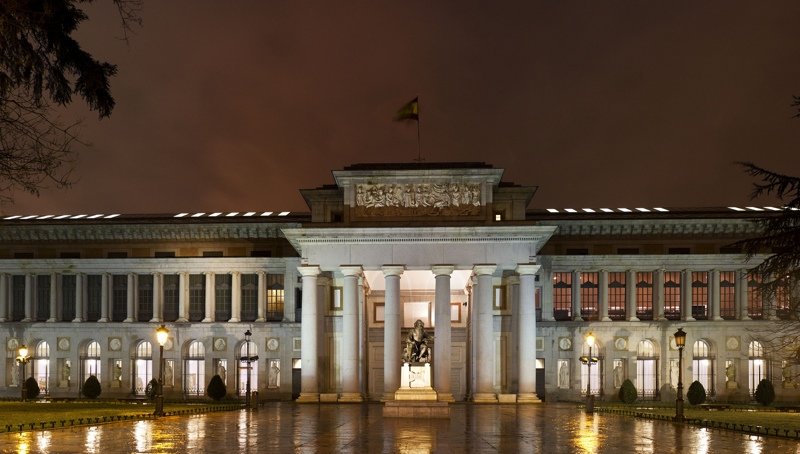
The Museo Nacional del Prado has added to its exhibits a Picasso painting from the Aramont Art Collection. It was donated by the Arango Montull family to the American Friends of the Prado Museum. The Royal Board of Trustees of the Museum approved the deposit and exhibition Buste de Femme 43 by Pablo Picasso from 1943.
The Portrait of Philip III by Velasquez was also accepted as a donation to the Royal Board of Trustees of the Museo Nacional del Prado.
Javier Solana, Chairman of the Board, said that these actions of American friends were great news for Spain and all those who visit the country. Artwork by one of the greatest artistic geniuses, hitherto held in a private collection in the United States, is now on public display thanks to the generosity of the Arango Montull family and American friends, to all those who love Picasso’s works, and European art in general.
The American Friends of the Museo Nacional del Prado continue their mission to support the Prado Museum by depositing the Bust de Femme 43 of Pablo Ruiz Picasso and donating Velázquez’s portrait of Philip III, working closely with the museum on a wide range of initiatives and projects.

The Prado Museum, officially known as the Museo Nacional del Prado, is regarded as one of the world’s greatest art museums and continues to maintain its status as one of the most visited places in the world. Museo Nacional del Prado has one of the world’s greatest collections of European art from the 12th century to the early 20th century.
Works by Francisco Goya, El Greco, Peter Paul Rubens, and Diego Velasquez are among the prominent artists housed in Museo Nacional del Prado, with Goya’s work being the most widely represented. Velázquez’s work was also famous and responsible for bringing many of the museum’s collections of Italian masters to Spain.
The Museo Nacional del Prado is part of the Golden Triangle of Art with the Thyssen-Bornemisza Museum. Its collection focuses on history through modern art, and the Museo Reina Sofía (Museo Nacional Centro de Arte Reina Sofía), which houses 20th-century modern art. The collection contains 8,200 drawings, 7,600 paintings, 4,800 prints, 1,000 sculptures, and historical documents.
The Prado recently welcomed the return of Picasso within its walls by exhibiting the Buste de Femme (Bust of a Woman) c.1943. The last time Picasso adorned their walls was in 2015 at the exhibition “Ten Picassos” from the Kunstmuseum Basel, and before that in 2011-2012.
Buste de Femme 43 (Bust of a Woman), detailed by the Prado, is an exemplary example of Picasso’s response to the brutality of World War II. During this period, he radically distorted many features of his female images, and the “Bust of a Woman” is not free from these facial distortions.
Finished in one day on October 7, 1943, he brought the bust of this woman to live with a quick, sure brushstroke; in cubist fashion, half of her face is in profile, one eye looks coolly to the side, anxiety, and tension are clearly described.
























